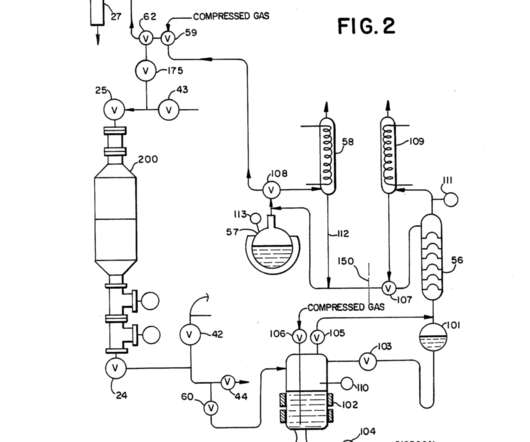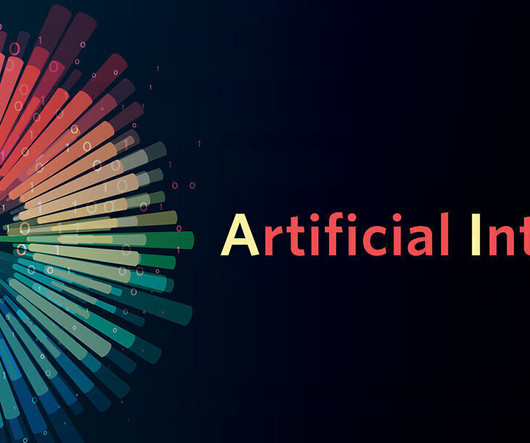Canons and Canards: Enablement and Utility in CFMT v. YieldUp
Patently-O
AUGUST 29, 2022
In Patent Law class today, we started the chapter on “disclosure” that focuses on doctrines of enablement, written description, and best mode as codified in 35 U.S.C. CFMT’s two asserted patents claimed improved apparatus/method for cleaning semiconductor wafers using a specific closed-environment setup.











Let's personalize your content